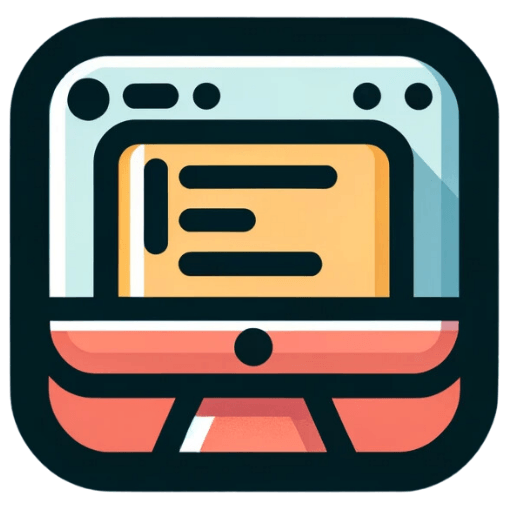In the competitive world of web development, a standout portfolio is a must-have tool for any frontend developer. It's your ticket to landing interviews, impressing potential employers, and showcasing your skills. This blog post will guide you through the process of creating a portfolio that shines. We'll explore the essential elements, discuss how to present your work effectively, and share tips to make your portfolio stand out.
Understanding the Importance of a Portfolio
A portfolio is more than just a collection of your work. It's a reflection of your skills, creativity, and problem-solving abilities. Employers often look at a portfolio before even considering a resume, so it's crucial to make a good impression.
A well-crafted portfolio can showcase your technical skills, demonstrate your ability to solve real-world problems, and highlight your creativity and innovation. It's a chance to show not just what you can do, but how you think, how you approach challenges, and how you've grown as a developer.
But creating a standout portfolio isn't just about showcasing your best work. It's also about presenting it in a way that's engaging, easy to navigate, and reflective of your personal brand. That's where the following tips come in.
Choosing the Right Projects
The first step in building your portfolio is selecting the right projects to showcase. These should be projects that demonstrate your technical skills, creativity, and ability to solve complex problems.
Consider including a mix of projects. For example, you might include a complex, long-term project that shows your ability to handle large codebases and work as part of a team. You could also include a smaller, personal project that showcases your creativity and innovation.
Remember, quality trumps quantity. It's better to have a few standout projects than a dozen mediocre ones. And don't forget to include projects that you're genuinely proud of. Your passion and enthusiasm will shine through, making your portfolio more engaging.
Presenting Your Work Effectively
Once you've chosen your projects, the next step is to present them effectively. This means providing context, explaining your process, and showcasing your results.
Start by providing a brief overview of each project. What was the goal? What challenges did you face? How did you overcome them? This gives potential employers insight into your problem-solving skills.
Next, explain your process. Did you use a particular methodology or framework? Why? How did you approach problem-solving? This shows employers your thought process and technical skills.
Finally, showcase your results. Include screenshots or live demos, if possible. Highlight any positive feedback or results. This gives employers tangible proof of your skills and abilities.
Making Your Portfolio Stand Out
With so many portfolios out there, it's important to make yours stand out. This means going beyond just showcasing your work and creating a portfolio that's engaging, unique, and reflective of your personal brand.
Consider including elements that show your personality, like a bio or a section about your interests. This can help employers see you as a person, not just a developer.
Also, consider the design and usability of your portfolio. It should be easy to navigate, visually appealing, and reflective of your skills as a frontend developer. After all, your portfolio is a testament to your work.
Keeping Your Portfolio Up-to-Date
A portfolio is not a one-and-done project. It's a living document that should evolve as you grow as a developer.
Make it a habit to update your portfolio regularly. Add new projects as you complete them. Update old projects as you improve your skills. And don't be afraid to remove projects that no longer reflect your best work.
Regular updates show employers that you're actively improving your skills and staying up-to-date with the latest trends and technologies.
Avoiding Common Pitfalls
While building your portfolio, it's important to avoid common pitfalls. These include cluttering your portfolio with too many projects, failing to provide context for your work, and neglecting the design and usability of your portfolio.
Remember, your portfolio is a reflection of your skills and abilities. It should be easy to navigate, engaging, and reflective of your personal brand. Avoid the temptation to include everything you've ever done. Instead, focus on showcasing your best work and presenting it in the best possible light.
Wrapping Up: Building a Standout Frontend Developer Portfolio
Building a standout portfolio is a crucial step in your journey as a frontend developer. It's your chance to showcase your skills, demonstrate your problem-solving abilities, and impress potential employers. By choosing the right projects, presenting your work effectively, and keeping your portfolio up-to-date, you can create a portfolio that truly shines. Remember, your portfolio is a reflection of you as a developer. Make it count.

